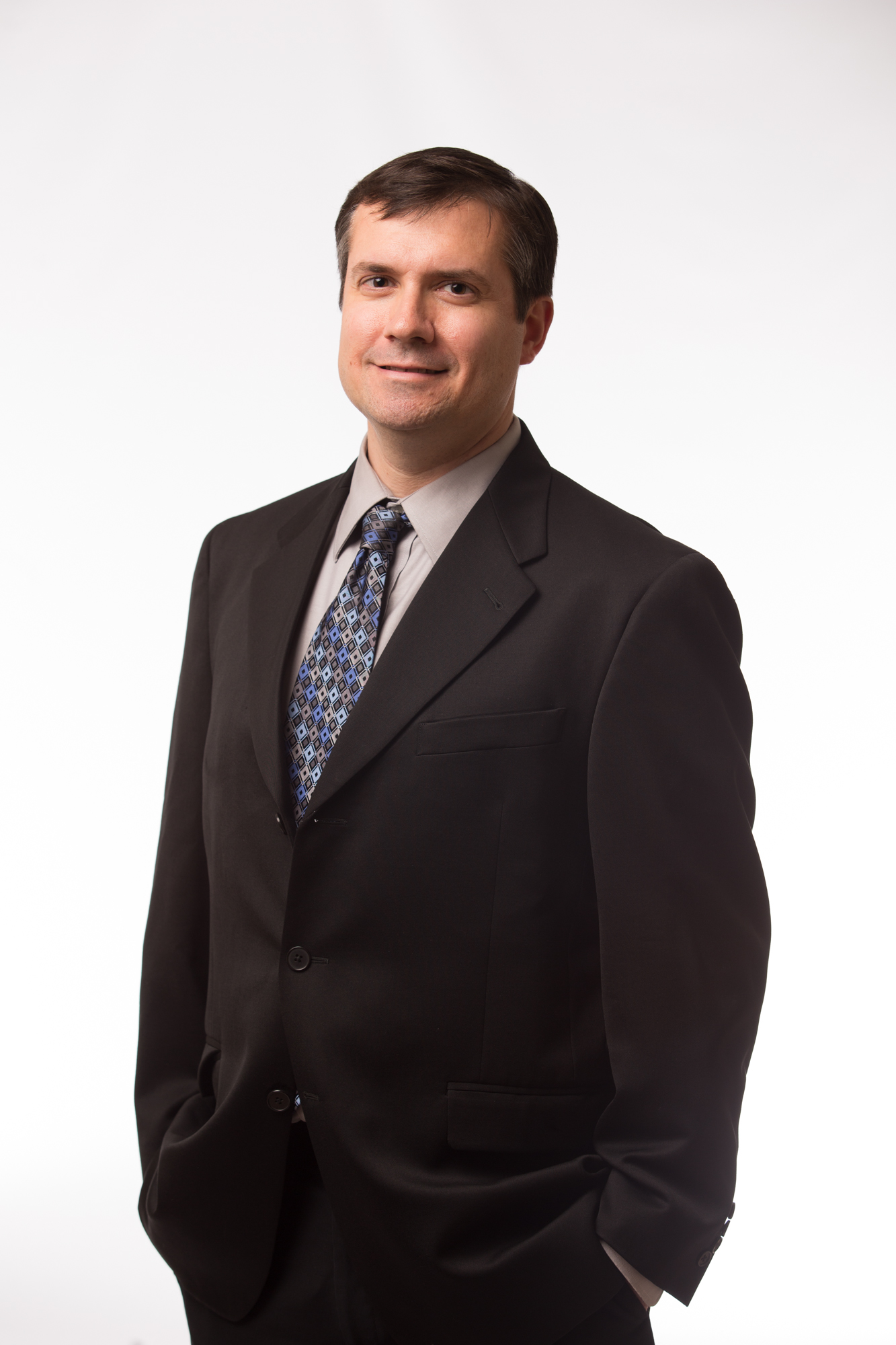Activating public spaces is simple in theory, and often can be simple in practice with the right plan in place.
Take Seattle, where activation often means encouraging public use of places such as sidewalks, roadways, spaces underneath highways and spaces between buildings. Governments often work with functions in mind; just look at any city department. But consider the importance of neighborhoods in a city.
In Seattle, city government recognizes the importance of neighborhoods to make the city work. And activation of public spaces in coordination with neighborhoods rather than in silos separate from them seems to work.
Activating public spaces means “all the nooks and crannies in the public realm or right of way,” said Ed Pottharst, Neighborhood Matching Fund Project Manager for the city of Seattle. “It means using community ideas for bringing people and public events to those spaces.”
Examples include turning street parking spaces and unused roadways into plazas and mini plazas or converting space under a highway into a mountain bike park. One unique idea came in the eclectic Fremont neighborhood, where an unsightly space under a neighborhood bridge sat next to a park that had been created with the matching fund.
Through a public selection at the Fremont Street Fair, the winner was chosen: a giant sculpture of a troll grasping a VW. It was controversial but because of the neighborhood’s ownership of the art, it’s also become a smashing success.
Pottharst visited Memphis in late May to talk about the Neighborhood Matching Fund Project at the annual Neighborhoods USA conference. He has spoken at the NUSA conference before; in 2014 in Eugene, Oregon, he presented on Seattle’s People’s Academy for Community Engagement program. And in Houston in 2015 he presented How to Start A Neighborhood Matching Fund in Your City.
The Neighborhood Matching Fund is a program of the city of Seattle Department of Neighborhoods that started in 1989. Nearly $3 million is given out to about 200 community projects every year.
“We fund everything from neighborhood block parties to cultural events to public school playgrounds to place-making projects such as plazas, promenades, parklets, community gardens and parks,” Pottharst said.
Community and business groups can apply for the grants.
“A cool thing about NMF is that people who want to do a project can form their own ad hoc group for that purpose,” Pottharst said. “They don’t have to be part of an established group, but can be.”
As one of five Neighborhood Matching Fund project managers, Pottharst’s role includes helping people with projects that are intended to improve their neighborhood or strengthen their community. With project ideas in hand, Seattle residents apply for Neighborhood Matching Fund grants. Community and business groups choose the projects and the city – as property owner in most cases – approves.
With taxpayer dollars, the city of Seattle provides grant funding to qualified projects. There are three Neighborhood Matching Fund grant sizes: up to $1,000, to $25,000 and up to $100,000.
“We project managers help people develop ideas, apply for our grants and implement their projects – kind of like project coaches,” Pottharst said. “I like that I have a wide variety of projects all over the city, and I meet new people all of the time. Plus, every project has a beginning and an end, which is nice.”
One simple effort over the program’s history is helping neighborhoods plant trees. Neighborhood volunteers provide the labor and the city provides the trees.
Another past effort saw a West Seattle neighborhood transformed thanks to the reclamation of a vacant lot. The three-acre College Street Ravine was covered with ivy and blackberries.
With matching funds, the neighborhood began holding discussions about how they wanted the area redeveloped. They removed invasive plants and reintroduced native ones. The ivy was removed, and eventually a neighborhood that had been separated by a ravine suddenly had a sense of community.
“Placemaking can also be a way for a neighborhood to give itself cultural identity,” Pottharst said. “An example is the use of artistic features and structures such as an ornate Chinagate, multilingual street signs, colorful dragons atop utility poles and painted freeway columns in Seattle’s Chinatown International District.”
Enjoy this story?
Sign up for free solutions-based reporting in your inbox each week.

Lance is a veteran journalist with more than 16 years of experience in newsrooms in the Memphis area as a reporter and editor, including most recently as managing editor of The Daily News. He regularly contributes to The Daily News, including a biweekly travel column, The Daily Traveler.